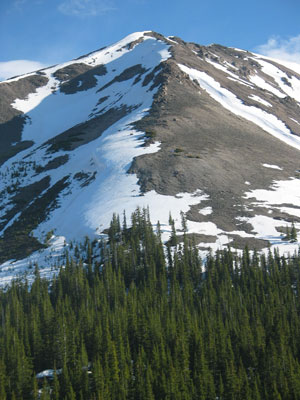All Nonfiction
- Bullying
- Books
- Academic
- Author Interviews
- Celebrity interviews
- College Articles
- College Essays
- Educator of the Year
- Heroes
- Interviews
- Memoir
- Personal Experience
- Sports
- Travel & Culture
All Opinions
- Bullying
- Current Events / Politics
- Discrimination
- Drugs / Alcohol / Smoking
- Entertainment / Celebrities
- Environment
- Love / Relationships
- Movies / Music / TV
- Pop Culture / Trends
- School / College
- Social Issues / Civics
- Spirituality / Religion
- Sports / Hobbies
All Hot Topics
- Bullying
- Community Service
- Environment
- Health
- Letters to the Editor
- Pride & Prejudice
- What Matters
- Back
Summer Guide
- Program Links
- Program Reviews
- Back
College Guide
- College Links
- College Reviews
- College Essays
- College Articles
- Back
Global Warming
As I drove past a large industrial factory, I couldn't help but notice the huge smokestacks that rose high into the air. I couldn’t help but notice the thick and ominous clouds of dark gases that poured endlessly out of the smokestacks and into the clear sky. As I thought about all of the harm that does to the atmosphere, I also noticed that the same gases are released by cars and trucks every day. Those gases, which are called “greenhouse gases,” are one of the main causes of global warming. The combustion of fossil fuels in cars, factories, and electricity production blanket the earth and trap heat in, almost like a greenhouse does. Some examples are: carbon dioxide (gas responsible for the most warming), methane (comes from landfills and agriculture), and nitrous oxide (comes from fertilizers). All of the heat that is trapped inside the earth does a lot of damage, even though most people do not realize it immediately. We need to put an end to the horrific destruction of our home, before it is too late to save it.
Excess heat in the earth has already begun to drastically affect the poles. Glaciers are melting in every section of the world, which put many people at risk. Those risks include flooding, droughts, and a lack of drinking water. A frightening fact is that a large portion of the Himalayan glaciers have thinned and retreated over the past 30 years, says the World Wildlife Fund (WWF). Also, sea levels are rising because of the melting of the poles, which puts small island nations at risk. Thirdly, coral reefs, which are rare and beautiful plants in the ocean, are in danger from lack of sunlight also because of rising sea levels. According to the World Wildlife Fund (WWF), Antarctic ice will supply the most flooding to global sea rise out of all the world’s glaciers. The Antarctic ice sheets contain 95% of the planet’s freshwater! Since a very small amount of the human population lives in the poles or in Antarctica, it may seem like the melting of the poles doesn’t affect the world. Even though humans may not be affected as directly, there are many species of animals that are in danger of extinction because of global warming. A well known example is the polar bears, who are losing their hunting grounds as the arctic ice melts at alarming rates. According to the National Wildlife Federation (NWF), there are also certain species of fish, like trout and salmon, which will decrease in population because they need cold water to survive. Many other aquatic animals will be affected in a negative way because of the erosion levels that will rise because of all the floods, and even migratory species are greatly affected by the change in climate. If global warming continues at this rate for much longer, the earth and all of its inhabitants will find themselves in a dire situation.
Even at this point in time, global warming can be stopped. There are many solutions that can be considered. National Geographic says that the main solution is to stabilize greenhouse gas concentrations (GHG), which make holes in the ozone layer and trap heat in the earth. To do that, more forestland can be added to increase the amount of carbon dioxide that is stored in forests and the amount of oxygen that is released. Also, the amount of carbon dioxide that is released by fossil fuels can be captured and stored underground. More renewable resources should be used, like wind, sun, hydro, geothermal, tidal, and biomass energy. There is even an act called the Clean Air Act, which Congress needs to support and which has been a subject of much controversy. Lastly, there are things that everyone around the world can do to make a change in global warming. Trying to conserve energy whenever possible and not littering are just a few of the many things that can be done. If everyone starts taking small steps to put an end to global warming, then the entire world will start to see a difference- we must start now!

Similar Articles
JOIN THE DISCUSSION
This article has 0 comments.
